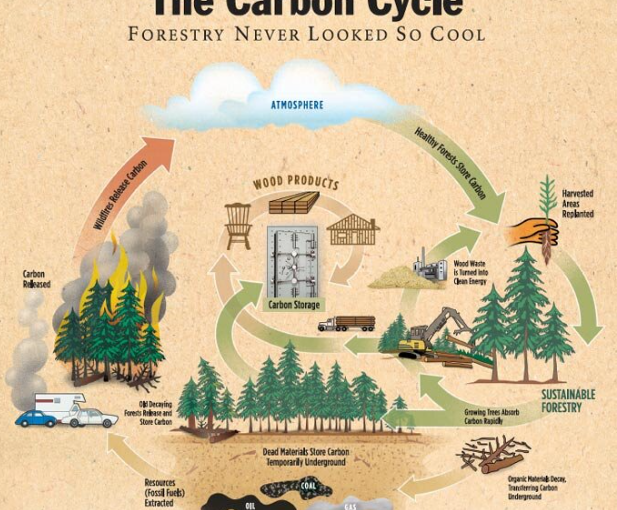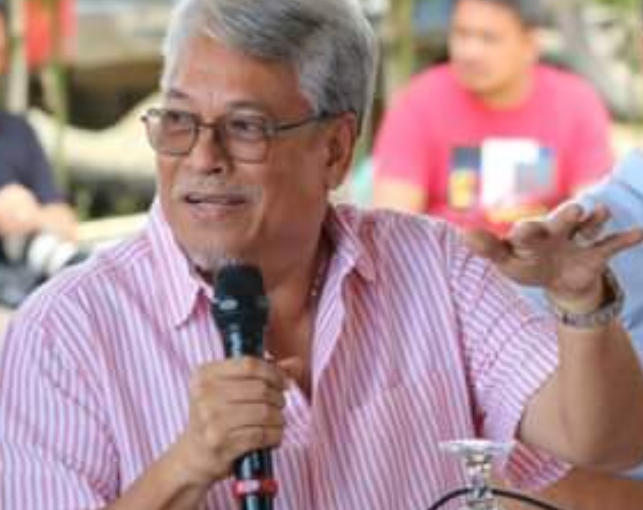August 31, 2023
By Melody Mendoza Aguiba
The Department of Agriculture (DA) is pushing for collaborations with infrastructure and public works agencies for a program that uses bamboo to fight massive flooding nationwide even as climate experts have been acknowledging bamboo’s climate-smart superiority.
DA Undersecretary Deogracias Victor B. Savellano is standing his ground in asserting how bamboo is now globally positioned as a flood-control device. This has been proven effective, and Philippines should similarly adopt best practices and technologies.
“Bamboo’s number one characteristic is it is fast-growing. Second is it fights soil erosion. When it comes to cost-effectiveness, bamboo will be our excellent ally, second to none,” said Savellano.
He stresses Philippines’ thrust toward bamboo propagation is an urgent imperative with the perennial floodings as President Ferdinand R. Marcos Jr. himself committed to abiding by the United Nations Sustainable Development Goals.
Even with its own effort, the Kilusang 5K (Kawayan: Kalikasan, Kabuhayan, Kaunlaran, Kinabukasan) Foundation Inc., Savelleno’s own founded firm is participating in as much 26,000 hectares of bamboo planting in the Marikina Watershed. It is a private-public partnership.
Kilusang 5K piloted since 2021 with 30 hectares of bamboo planting in Karugo and Puray, Montalban. It is a part of the Marikina watershed to whose denudation destructive flooding in Metro Manila is blamed.
Bamboo plays these important roles in solving flooding– water regulation, rehabilitation of degraded land, reforestation, carbon sequestration, and poverty alleviation.
With some bamboo species growing by more than one meter per day, bamboo must be the fastest growing plant on earth.
Guada Bamboo in Latin America, exporter of giant tropical bamboo, reported that “one hectare of Guada Bamboo forest can store more than 30,000 liters of water in its culms during rainy season which it gradually deposits back in the soil during dry season.”
It stores large amounts of water in its wide network of rhizomes and stems during rainy season, and returning water to the soil, rivers and streams during droughts.
The International Fund for Agricultural Development (IFAD) reported that huge amount of carbon is stored in China’s bamboo forests. This is projected to reach to 1.018 billion metric tons (MT) in 2050 from 727 million MT in 2010.
In Kenya where floods and landslides displaced almost 300,000 people in 2018, smallholder farmers have planted 65,000 bamboo seedlings in the watershed. Bamboo plants are used to cut sediments’ flow into rivers, repair riparian (river banks) areas, and stabilize lands prone to landslides.
In Sierra Leone where flooding from torrential rains have caused poorest farm communities to suffer more from disasters, a program for a five-year bamboo planting has been raised in order to arrest illegal rural activities that cause flooding, reported Climatecolab.org. Among its environmental destroyers are illegal timber harvesting, mining, and community use of firewood or charcoal for cooking.
“Bamboo covers the soil through its canopy, reducing evaporation, hence rehabilitating highly degraded areas faster. Depending on the species it forms a canopy within the first four years compared to other trees that can take about 15 to 30 years,” reported DW.org, referring to statements of Peter Kung’u of the Kenya Forestry Research Institute.
These are other “Amazing Characteristics” of bamboo as a renewable and sustainable resource:
1, Bamboo produces 35% more oxygen than other stand of trees. The 1997 Kyoto Protocol recognized that carbon sequestration is one of the most practical ways to fight climate change. Bamboo sequesters up to 15 times carbon dioxide compared to other trees.
“A recently documented case in Allahabad, India, tells of the rebuilding of rural livelihoods where 80,000 hectares of degraded land were brought back into productivity using bamboo as a pioneer species. In 2018, INBAR released a report about the benefits of bamboo for land restoration in eight countries: China, Colombia, Ghana, India, Nepal, South Africa, Tanzania and Thailand,” IFAD reported.
INBAR stands for International Bamboo and Rattan Organisation
2. Bamboo forests are a habitat for fauna and flora. Bamboo is an important part of a biodiverse ecosystem. Many animals and human rely on bamboo for food and shelter.
3. With its biomass for renewable energy, bamboo is a sustainable source to replace fossil fuel. Its pellets has high calorific or heating value like coal, without polluting emissions. Calorific heating value of bamboo pellets equals that of coal with 4,500 Kcal/kilo to 5,000 Kcal/kilo.
Bamboo can replace hardwood for any application.
There are 10,000 documented uses of bamboo products from paper and pulp products, flooring, musical instruments, furniture, construction materials
4. Bamboo Reduces Poverty and Provides Livelihoods for Local Farmers.
“Bamboo’s rapid establishment and growth allow for frequent harvesting. This allows farmers to flexibly adapt their management and harvesting practices to new growing conditions as they emerge under climate change. Bamboo provides a year-round source of income, and can be converted into an increasingly wide variety of value-added products for sale,” reported IFAD.
PHOTO The Carbon Cycle. Image Credit-Guada Bamboo


